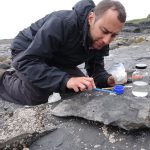Jurassic Park‘s impact is undeniable. And not just on pop culture: the ‘Jurassic Park effect’ inspired an increase in public interest in palaeontology, funding for research and the development of new technology. With Jurassic World Dominion arriving in cinemas, the long run of the iconic film series comes to an end. To mark the occasion, Russell Dornan speaks to our Research Associate Steve Brusatte about Jurassic Park, our fascination with dinosaurs and Steve’s role on the new film.

The year is 1993. I’m eight years old, completely obsessed with dinosaurs and it felt like my whole life had been leading up to the release of Jurassic Park. As a family, we walked up to the cinema kiosk to get our tickets before watching what I assumed would be The Best Film Ever Made™. I could barely contain myself. “How old is he?” the clerk asked my mum, pointing at me.
We were living in Germany where, unlike the UK’s PG rating, the film was given a certificate of 12. Despite my parents’ best efforts, I was not let in (my consolation prize was a screening of Bambi and it was almost a year later before I finally saw Jurassic Park on video).

This formative moment did nothing to dampen my love of dinosaurs. I now work on digital content at National Museums Scotland and, 29 years and countless toys, books, cartoons, games, films and museum visits later, I’m as fascinated by dinosaurs as I ever was.
The last of the series, Jurassic World Dominion hits cinemas shortly and audiences the world over are excited. With the return of the original cast and the trailer hinting at nostalgic fan service, I’m unashamedly all in.

The trailer also features a long-awaited first for the franchise: feathered dinosaurs. These films have always (understandably) leaned away from pure realism and scientific accuracy. In fact, they wrote that into the script of the movie.
“Nothing in Jurassic World is natural. We have always filled gaps in the genome with the DNA of other animals. And if the genetic code was pure, many of them would look quite different. But you didn’t ask for reality, you asked for more teeth.”
Dr Henry Wu, Jurassic World: Fallen Kingdom
While this gives the film makers the necessary licence to play with dinosaur designs, much like the scientists depicted on screen, it’s exciting to see feathers finally feature for the first time. But how does a big blockbuster starring dinosaurs balance the reality with the fantasy? How do they toe the line between horror movie monsters and faithful prehistoric creatures? Well, they hire a Palaeontology Consultant.

Steve Brusatte is a palaeontologist, professor at the University of Edinburgh and an Honorary Research Associate at National Museums Scotland. He collaborates with members of our Natural Sciences team on fieldwork and research projects and has led expeditions to Skye and Eigg to collect new dinosaur, pterosaur, and other fossils for us.
Steve is one of those lucky people who studies dinosaurs and digs up fossils for a living. He also loves, and is great at, communicating science to the public. Along with writing books including The Rise and Fall of the Dinosaurs and the new The Rise and Reign of the Mammals, Steve regularly consults on television documentaries and films. He is the Palaeontology Consultant for the Jurassic World franchise.
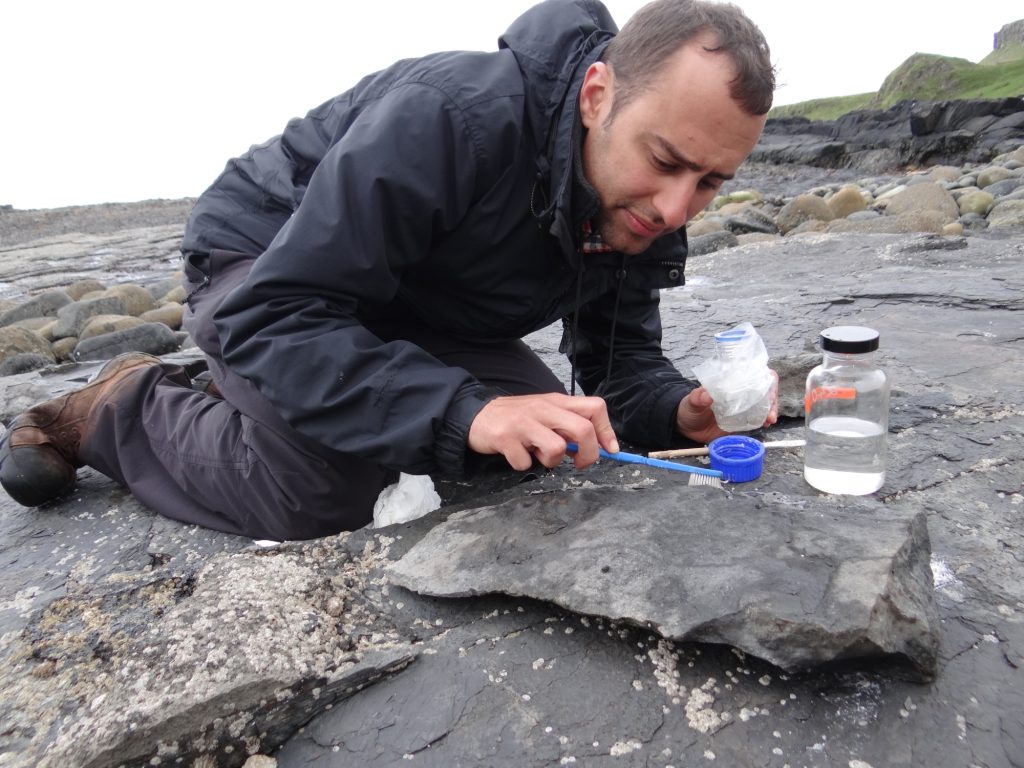
Unlike me, Steve wasn’t one of those five-year-olds who knew the name of every dinosaur. But his younger brother was. And by growing up with him, he gradually became obsessed with dinosaurs too. By the time he was in his first year of high school, he decided he wanted to become a palaeontologist. And, again unlike me, he actually did it (I’m not bitter, honest).
I asked Steve about his memories of Jurassic Park. Was it a formative moment for him, too? “Definitely,” he says. “I remember seeing it in the cinema in 1993, when I was nine years old. It blew me away. The dinosaurs on the screen were so realistic and engaging. They were different from the dumb, slow-moving, drab-grey dinosaurs in the books I read at school.” While it didn’t make him want to become a palaeontologist right away, it inspired his brother so much that he turned his bedroom into a dinosaur museum. I can relate.
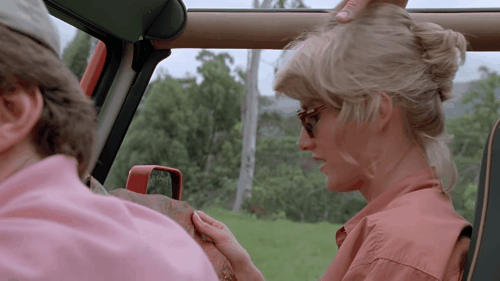
But what is it about dinosaurs? Why do they capture our imaginations so profoundly across the planet? Steve has a very academic and robust answer: “Dinosaurs are awesome.” Joking aside, this goes some way to summing up the complicated fascination we have with these creatures. He goes on, “They are more incredible than any dragon, sea monster, unicorn…anything humans have invented in myth or legend. But they were real! And we can find their bones and see them in museums.”
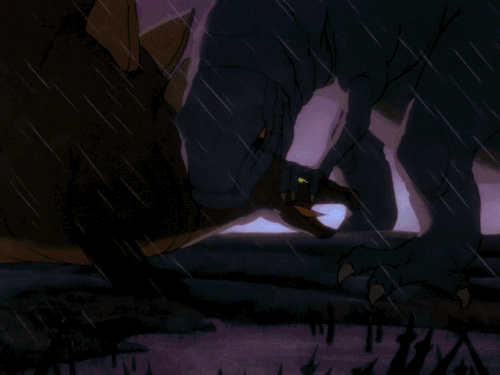
Dr Will Tattersdill, an academic from the University of Birmingham, researches the social and cultural history of dinosaurs. “Dinosaurs are everywhere and they’re nowhere – and that’s fascinating.”, he said in a BBC article. And they are everywhere: books, children’s clothes, videogames, toys, cereal boxes. But they’re also nowhere: “They’re dead. The fact dinosaurs are extinct makes them ours. A dinosaur can’t object to our interpretation.”
Will goes further and suggests dinosaurs’ many contradictions add to their appeal. “They’re inaccessible but right next to us; a success and failure; scary and reassuring. They bring together mystery and reality with enough space in between to do what we like. There’s a distance but a close distance – and it’s a distance we control.”

Control, or the lack thereof, is one of the central themes of the Jurassic series. From the failure of cutting edge technology to life, uh, finding a way, the series repeatedly punishes the characters for humanity’s hubris. The later instalments have focused on the genetic work carried out to make the dinosaurs bigger and more spectacular, and even to create living weapons. With this level of fantasy and horror, how does the science fit in?
I spoke to Steve about his role in the making of Jurassic World Dominion. As the Palaeontology Consultant, he was on call any time anyone working on the film had a question about dinosaurs. That meant many phone calls, emails, and other chats with the director Colin Trevorrow, the character designer Kev Jenkins, and their teams. “I didn’t help write the film or decide which dinosaurs were in it,” Steve says. “But I made sure that the science, and the reality of dinosaurs, was always in the ears of the filmmakers.”
Being on call meant the filmmakers had an open line of communication with Steve. They would ask him questions as they had them. At key points in the writing and design process, they would send Steve drafts of the dinosaur character designs they were working on or ask about potential story lines.
Balancing the science with the needs of a blockbuster film is a challenge, but accuracy isn’t the most important thing. “Jurassic World is a huge movie with an enormous budget,” Steve points out. “It is not a science documentary.” The dinosaurs have to strike a balance between real animals and movie monsters.
Steve also reminds me that, as the sixth film in the series, there is a long legacy of Jurassic Park dinosaurs, in terms of what they look like and what they do on screen. “It’s not possible to make such dinosaurs perfectly 100% scientifically accurate,” Steve explained, “so my goal was to make sure the filmmakers were aware of the real science, so they could use that information to make the dinosaurs realistic and engaging characters.”
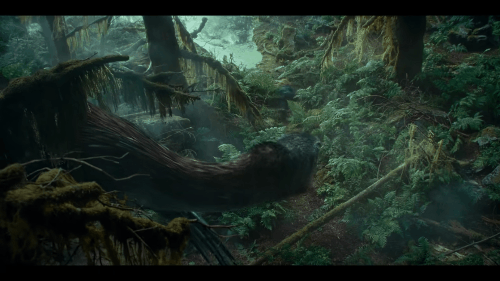
Despite the need for artistic licence, the feathers glimpsed in the trailer demonstrate a move towards greater accuracy in the dinosaur designs. Steve is most proud of the fact that we will finally see feathered dinosaurs in the Jurassic series. “We know that many dinosaurs, including Velociraptor, actually had feathers, and even wings. But they haven’t been shown that way in the films.” Steve admits it’s frustrating as a scientist to see dinosaurs being portrayed so differently than they would have looked in life.
It wasn’t until three years after the original film’s release that the first feathered dinosaur fossils were found. “It was bad timing!”, Steve laughs. The upcoming film’s director, Colin Trevorrow, told Steve right away that he wanted to put some feathered dinosaurs in the film. “It was all his vision. And I’m proud to be part of the team that put that vision on screen.” This is especially poignant as feathered dinosaurs are one of Steve’s areas of scientific expertise and he has described some of these fossils.
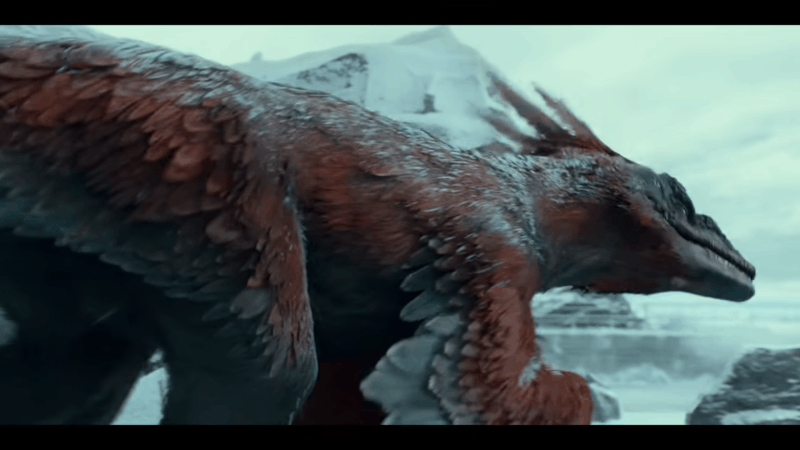
In fact, one of Steve’s favourite moments in Jurassic World Dominion is the new feathered raptor, Pyroraptor. “Here we see a dinosaur with feathers and wings, in all its glory”, Steve tells me, “and very colourful plumage at that.” He says this is what many dinosaurs would have looked like. They were more like birds than the overgrown lizard-like creatures they are often assumed to be.
But it’s not just Steve’s personal and professional connection to feathered dinosaurs that excites him about this. He’s aware that their inclusion will challenge people’s perception of dinosaurs. “This is a blockbuster film. Hundreds of millions of people around the world will see it,” he says. “I don’t think there is any artistic medium, or any medium of communication, that can reach as many people globally as a big film like this.”
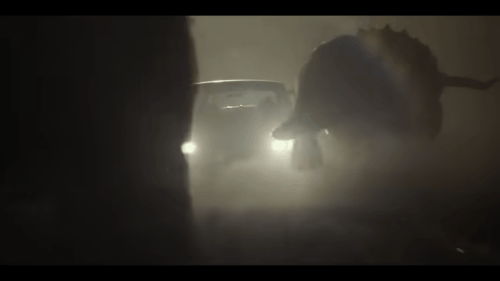
The films in the Jurassic series are among the most successful of all time and, in this one, people will be seeing true feathered dinosaurs. “I can only imagine how this will be the first time such an image is seen by so many people. And they will learn from it and be inspired by it.”
The reaction to the recent hit series Prehistoric Planet would suggest Steve is bang on. Steve was a consultant on that show too, and the public’s reaction to the much updated and scientifically rigorous presentation of dinosaurs has been resoundingly positive and, as Steve says, inspired.
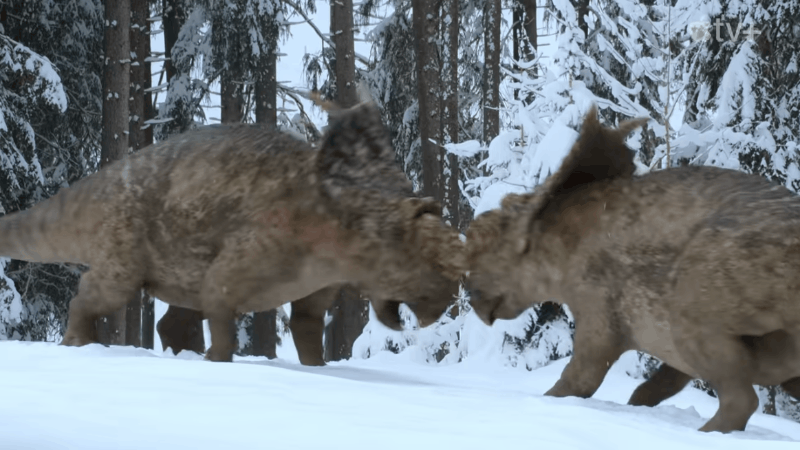
I asked Steve if there was a dinosaur not yet depicted on screen that he’d love to see. “Oh yeah!” he said. “I’d love to see any one of the dinosaurs I’ve named and described.” He thought that might sound egotistical, but I don’t agree.
Spending your life digging for fossils, reconstructing these creatures and exploring their lives and nature, it seems completely normal to dream of seeing them brought to life, especially since Steve helps bring countless other prehistoric animals to screens around the world. “It would be so cool, so amazing, to see one of ‘my’ dinosaurs get the celebrity big screen treatment!”
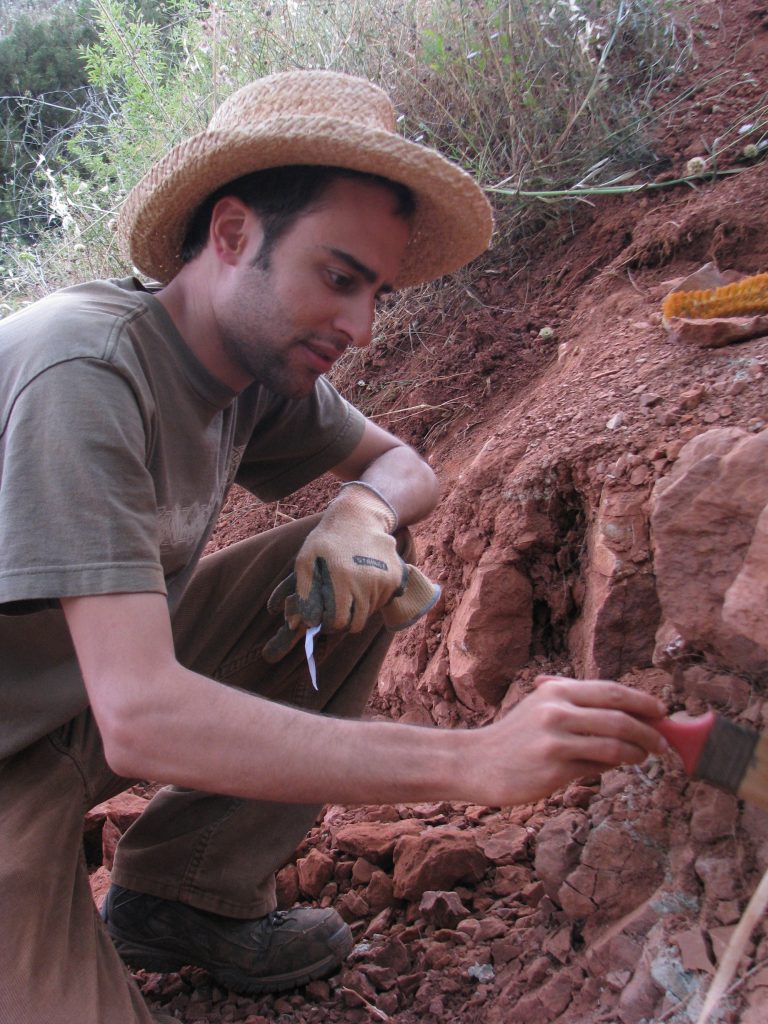
Finally, I asked Steve for a highlight of his consulting on Jurassic World Dominion. “Working with an incredibly talented group of creative people,” he told me. He says they “are at the top of their game in the film industry. These folks make magic on the screen. They are inspirational and so good at what they do.”
Of course, that movie magic borrows so much from palaeontologists around the world also at the top of their game, bringing these creatures to life for all of us. When science and pop culture collide in such a spectacular way, we can sit back with eyes even wider than the big screen, whether you’re dinosaur obsessed or simply love a good film. Munching popcorn in the dark, we can turn to the person sitting next to us and say: “dinosaurs are awesome”.
Steve Brusatte consulted on the 2013 Walking With Dinosaurs movie, Prehistoric Planet on Apple+, and other programs, from National Geographic shows to a BBC Alba show on Scottish dinosaurs. His book credits include The Rise and Fall of the Dinosaurs (2018) and the new The Rise and Reign of the Mammals (2021).
Read more about dinosaurs and prehistoric life in our other blogs. Highlights include The Scottish fossil record in which Sue Beardmore explores what Scotland’s geological history can tell us about life on earth; Beasts before us, where Elsa Panciroli reflects on mammal diversity at the time of the dinosaurs; and Take to the Skye, the spectacular story of a new pterosaur discovery and the fossil riches found in Skye.

